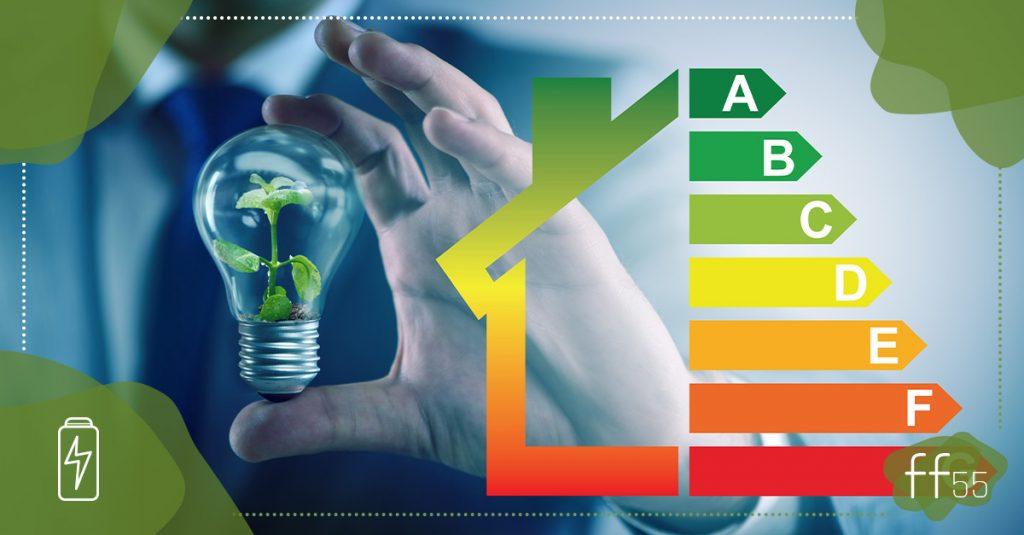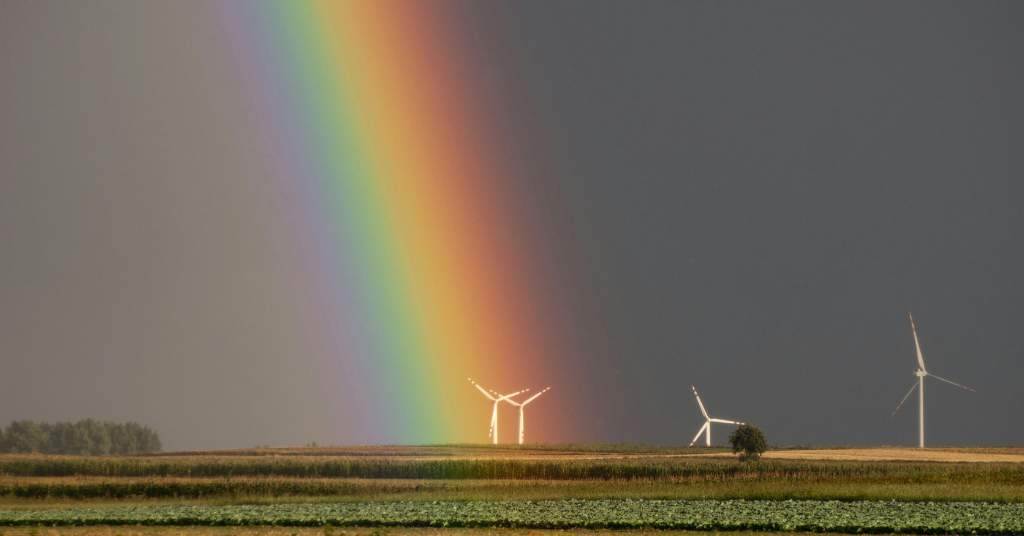A sticker can amuse you. It might be a piece of promotion. A visual manifesto. Propaganda and anti-establishment proclamation. A piece of art. Or it may provide you with information.
Do you belong to the majority of Europeans who check the one on their newly bought household appliances? If the answer is yes, we’d first of all like to thank you for helping the EU to reach the Fit for 55 goals. Are your ready to learn how exciting is the label that’s been changed I the past few years?
Why Renew Something We All Knew?
It’s been estimated that the (relatively) new legislation of energy labels will help saving approximately 230 million tonnes of oil equivalent by 2030. If you’re an “average” European citizen, you may save €285 every year on energy bills by choosing more efficient machinery.
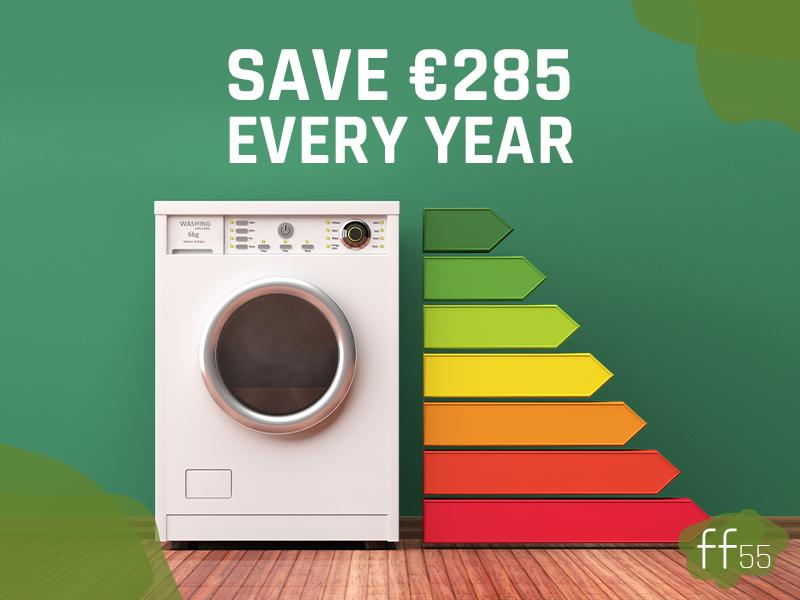
The EU energy label has been helping consumers with this for 28 years – its awareness rate was at 93% in 2019 and for 79% of us it was a factor when it came to buying something new. Recognising the importance of these numbers, manufacturers wanted to improve their rating to position their products on the market, finally reaching a point where A, A+ or A++ wasn’t enough and a third plus had to be brought in.
But do we, customers really know the difference between A and A+++? Let us rephrase the question: what’s the difference between outstanding and very-very-very outstanding? See, it isn’t that tangible, is it?
As products indeed became more energy efficient products, but the categories looked exaggerating, the European Union decided to gradually re-change labels to the good old A-G scale. Dishwashers, electronic displays (e.g. computer screens or TVs), fridges and freezers, lightings, washing machines and washer-dryers got recategorised in 2021 with some more to follow in the near future.
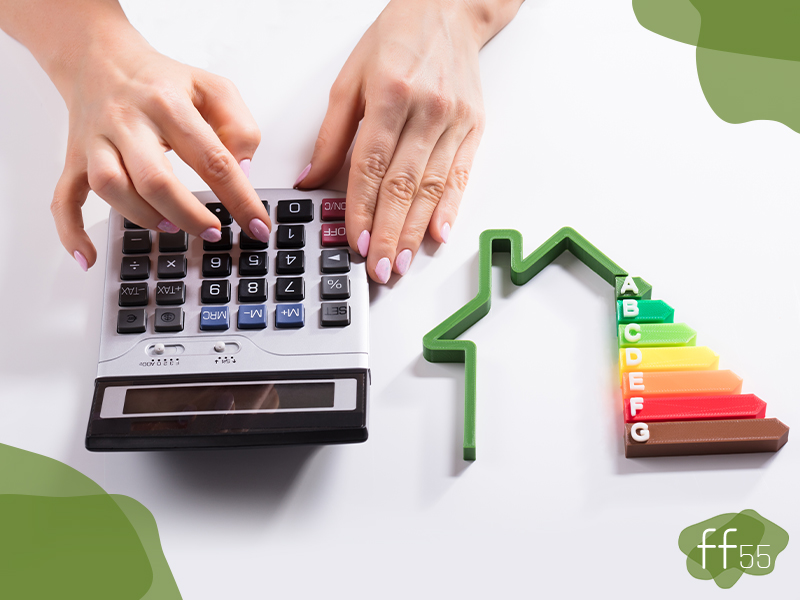
Another key point in the new scoring system is that also considers the reparability and recyclability of appliances. Ecodesign rules ensure that key parts and repair and maintenance information are available for both us, customers and professional repairers for at least 7-10 years depending on the product we purchase.
Here’s the story from A to G
A product labelled with A+++ is now a “B” or even lower, but it certainly doesn’t mean that its energy consumption has changed for the worse. What it means is that class A is reserved for more energy efficient models of the future.
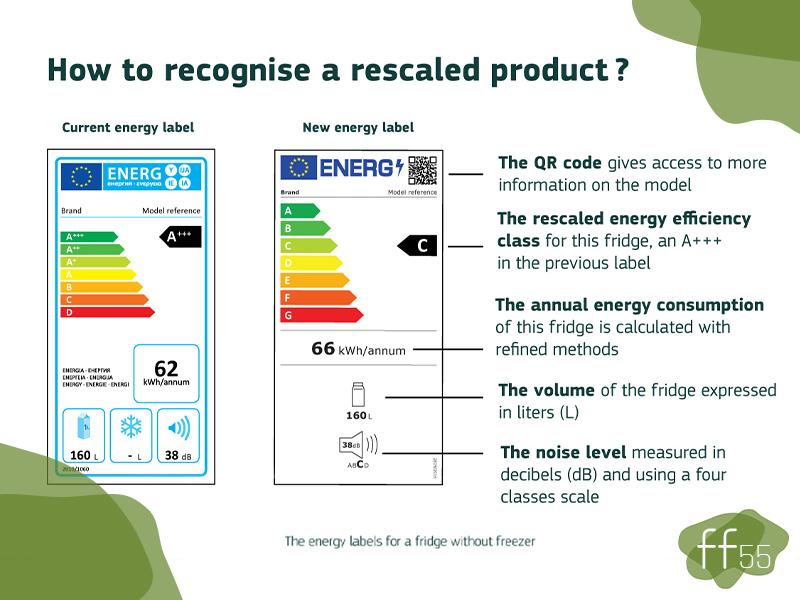
On one hand it will help you to make decisions easily before purchasing new appliances, and on the other hand it will hopefully trigger manufacturers to keep on innovating.
Soon you’ll find new labels on electric motors, external power supplies, power transformers, refrigerators with a direct sales function and welding equipment.

